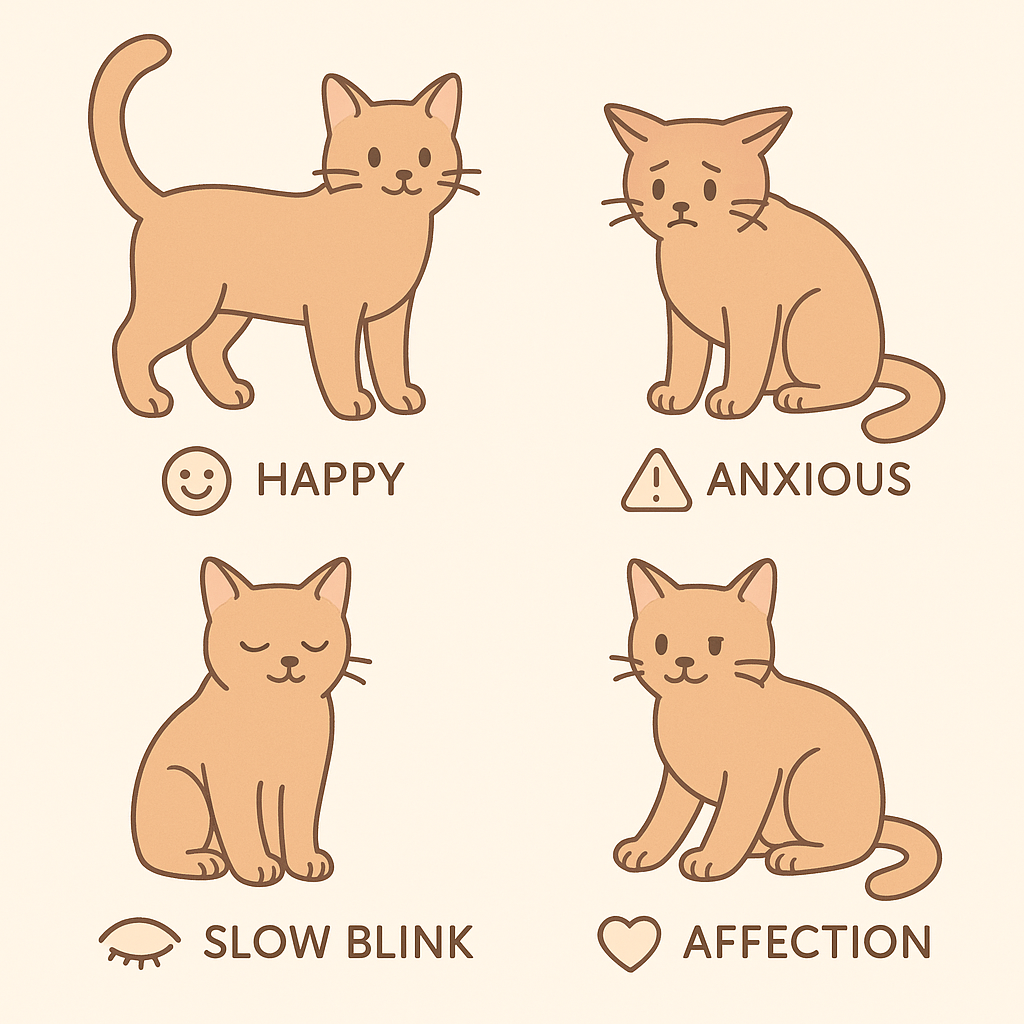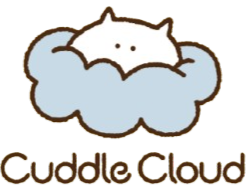Decoding Cat Body Language: 7 Subtle Signals Most Owners Miss
Share

1. The Slow Blink (The "Cat Kiss")If your cat looks at you and gives a slow, deliberate blink, it's the ultimate sign of trust and affection. In the animal world, direct, unbroken eye contact is a threat. By slowly closing their eyes in your presence, your cat is telling you they feel completely safe and comfortable with you. You can even return the gesture to say "I love you" back.
2. The Tail TwitchA cat's tail is an emotional barometer. While a tail held high with a slight curl at the tip is a sign of a happy, confident cat, a tail that is rapidly twitching or flicking back and forth is a clear indicator of overstimulation or irritation. This is often the precursor to a swat or a bite, signaling "I've had enough petting, please stop."
3. The Position of the WhiskersWhiskers aren't just for measuring tight spaces. Relaxed, forward-pointing whiskers indicate a content and curious cat. Whiskers pulled flat against their cheeks, however, are a sign of fear or anxiety. They are trying to make themselves appear smaller and less threatening.
4. The "Airplane Ears"We all recognize ears pinned flat against the head as a sign of an angry or terrified cat. But a more subtle signal is when the ears are rotated slightly outwards and to the side, resembling airplane wings. This "airplane ear" position indicates that the cat is feeling anxious, annoyed, or uncertain about a situation.
5. The Belly Exposure TrapWhen a cat rolls over and exposes its belly, many people assume it's an invitation for a belly rub. While it is a sign of trust, for most cats, it is not a request for petting. The belly is a cat's most vulnerable area, and touching it can trigger a defensive reaction (a.k.a. the "kitty trap"). They are showing you they trust you, not asking you to test that trust.
6. The Head-Bunt (or "Head-Bonk")When your cat purposefully rubs its head or cheek against you, it's doing more than just saying hello. This behavior, known as head-bunting, deposits facial pheromones onto you. It's an act of marking you as part of their family and a profound sign of affection and ownership.
7. Purring When in PainWhile purring is most often a sign of contentment, cats also purr to self-soothe when they are stressed, scared, or in pain. If your cat is purring but also hiding, has a tense posture, or is showing other signs of distress, it could be a sign that something is wrong. Always look at the whole picture.
